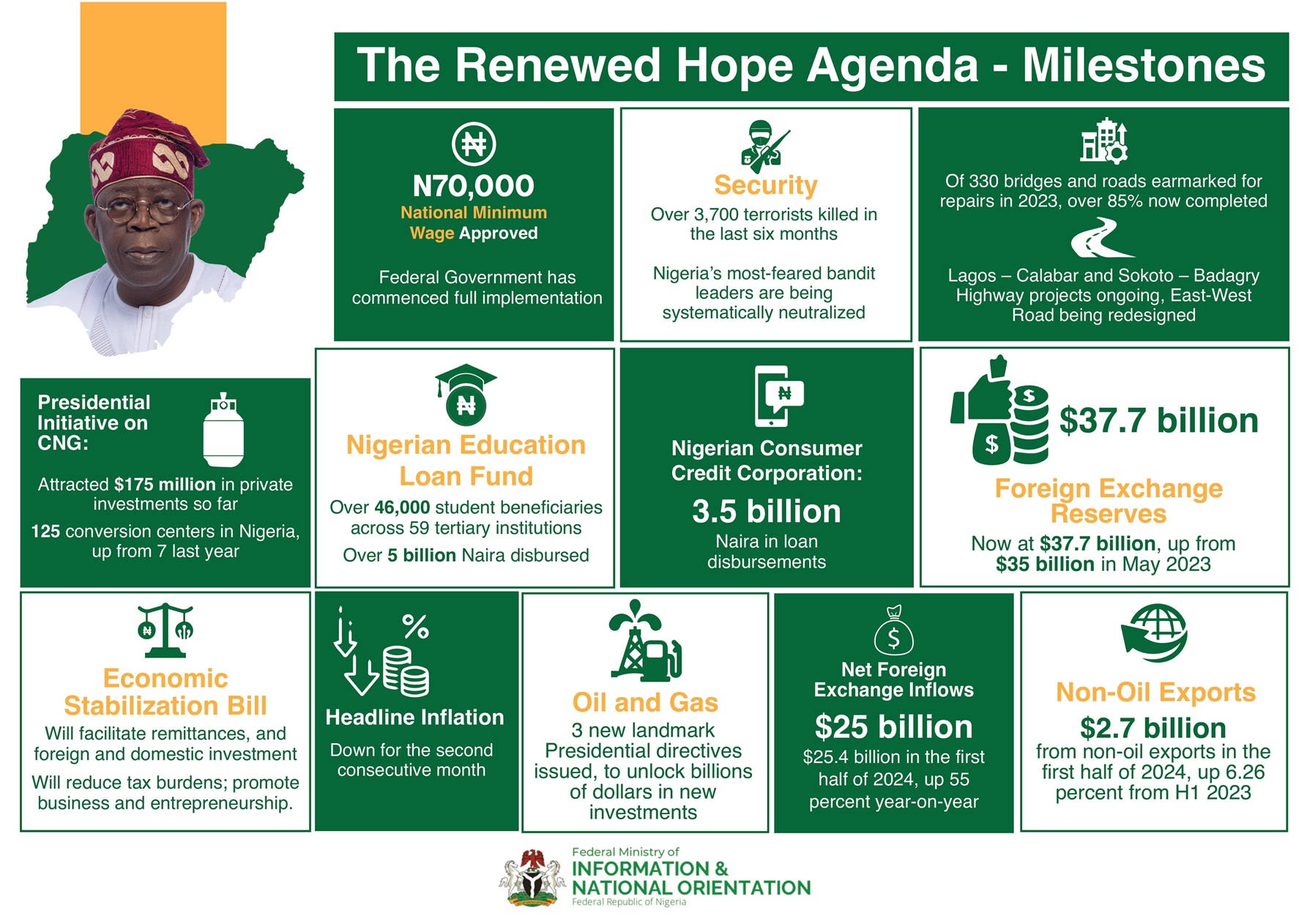The International Energy Agency (IEA) said that it would cut its oil demand forecast due to a slowing global economy.
“China is experiencing its slowest economic growth in the last three decades, so are some of the advanced economies … if the global economy performs even poorer than we assume, then we may even look at our numbers once again in the next months to come,” the IEA’s executive director Fatih Birol told Reuters in an interview. Only a week after it issued its July Oil Market Report, in which the IEA said that demand would grow by 1.2 million barrels per day (mb/d) this year, the agency said that it would cut its forecast to 1.1 mb/d. Last year the agency saw demand growth of 1.5 mb/d for 2019.
Various data points have been negative lately, from manufacturing activity to auto sales and trade volumes. But demand picks up seasonally in the second half of the year, and many analysts also see the global economy rebounding a bit.
The Federal Reserve is likely set to cut interest rates later this month, which could help provide stimulus. Ahead of that cut, a number of rate cuts have been seen around the world. On Thursday, central banks in South Korea, Indonesia and South Africa all cut interest rates.
Because interest rates and currencies are all interconnected, rate cuts in one part of the world pave the way, or at least create more room for, rate cuts elsewhere. “I think this will provide further impetus for Asian central banks in their easing cycle ahead,” Prakash Sakpal, an economist at ING Bank, told the Wall Street Journal. The trend of more accommodating monetary policy could provide a tailwind for oil prices.
Meanwhile, oil prices have been yanked higher and lower depending on shifting sentiment between U.S. and Iran as well as from the U.S.-China trade negotiations. In recent weeks we saw rising geopolitical tension in the Middle East and the prospect of an easing of tensions between the U.S. and China – both factors pushed up crude.
Now, both are heading in the other direction. Despite the U.S. shooting down an Iranian drone, both Washington and Tehran seem open to negotiating. On Thursday, Iranian foreign minister Javad Zarif made “a substantial move,” as he framed it, offering permanent nuclear inspections in return for the removal of U.S. sanctions. It’s not clear that this will lead to anything substantive, but both sides are (somewhat indirectly) talking again. This has dragged down oil.
At the same time, tensions are not easing between the U.S. and China. With both sides at an impasse and resigned to a drawn out affair, and the resulting downside risk to the economy has also undercut oil.
To be sure, these issues will likely continue to see seesawing sentiment with no definite conclusion in the near-term. “In the absence of these binary risks materializing, Brent could continue to trade in a $60 to $67/bbl range,” Bank of America Merrill Lynch said in a note.
The bank said that the market could actually see lower volatility amid declining speculative interest and the easing monetary policy from an array of central banks. Moreover, the oil market is relatively balanced right now from an inventory standpoint, with OECD stocks right around the five-year average. In other words, the risks to the upside and downside are relatively muted, and the result could be Brent bouncing around in the $60s.
Still, oil prices never stay quiet for too long. While Iran and China are making the most headlines when it comes to risks to oil, Bank of America sees a few other less-publicized factors as just as important. Forthcoming IMO regulations on maritime fuels “are poised to drive up marine gasoil demand by well over 1mn b/d in 1Q19, creating upside risks to oil demand and prices,” analysts at the investment bank said. “On the other hand, the upcoming +2mn b/d surge in oil pipeline capacity out of the Permian could offset a likely bounce in oil prices in 4Q19, if producers can fill them.”
- By Nick Cunningham of Oilprice.com, July 21, 2019

